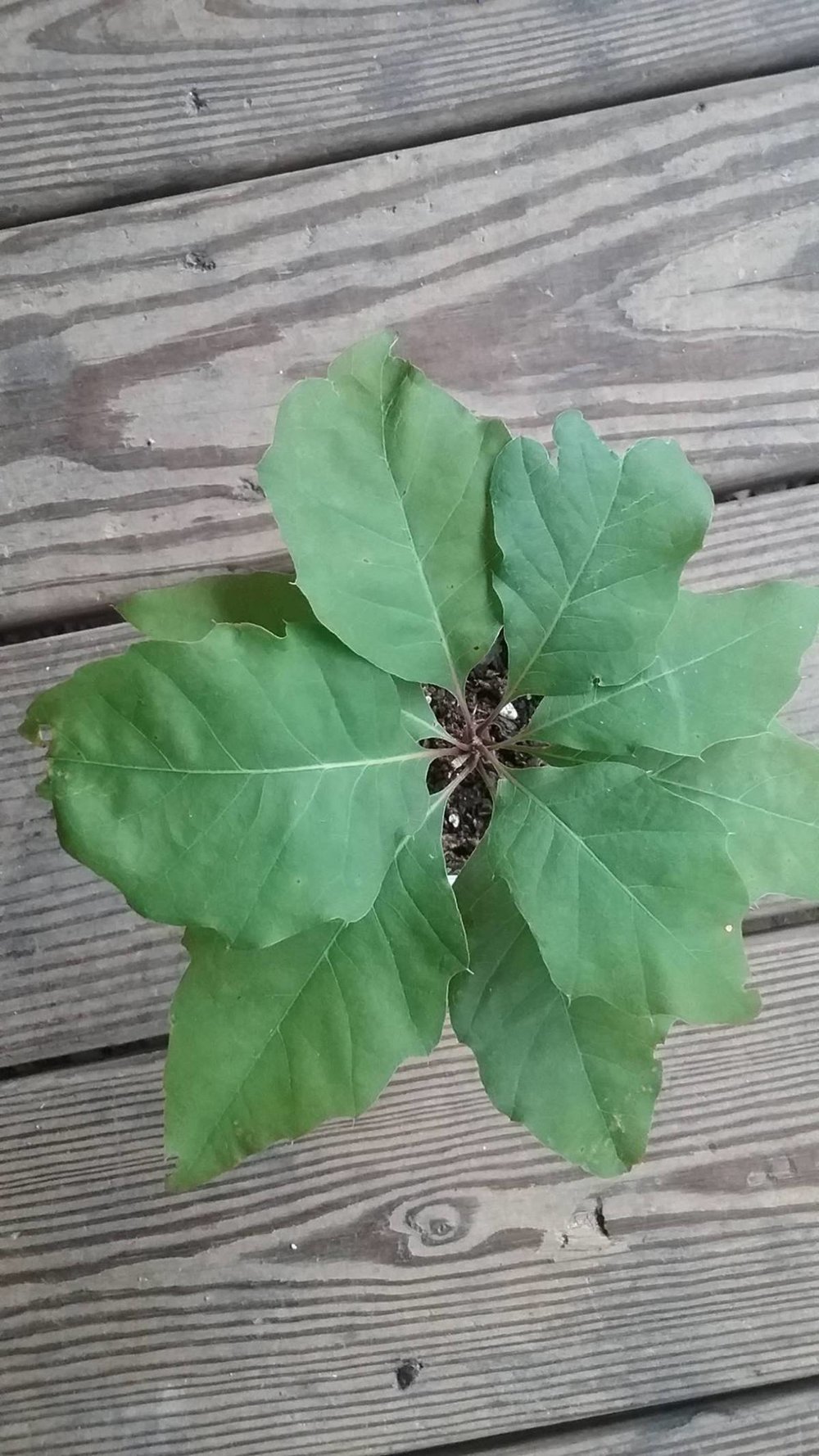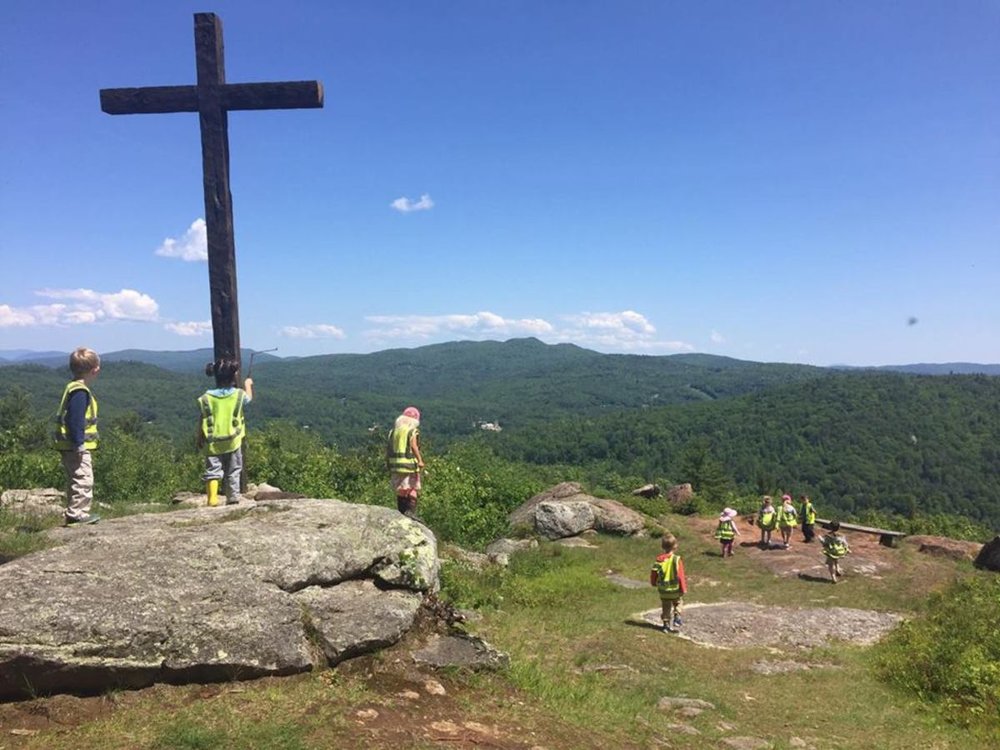Notes from the Naturalist Week 35: Nature Preschool at HCMA

Growth and change are inevitable. We bear witness to our children’s growth, may it be daily, monthly or within the course of a year. It is undeniable; they grow, they change and they move forward. And so it is that the school year is coming to a close but yet set before us is an incredible amount of growth. Look deep within nature at this very moment and you will see a beautiful sight. Look closer at the Hemlock trees, notice the brighter green at the very tips of the branch: growth! Look at the maple saplings, do you see that new bud: growth! Now look at your child, do you see how they use their words to problem solve, their eyes in observing a tiny flower on the forest floor, or their ears to hear that bird in the far tree: growth!

What a year it was for the wondrous Oak Tree! It certainly was a boom year for the crop – which means you can bet that the Squirrel and Chipmunk population may grow just a little bit in the next several months! During one of our muddy spring days we noticed how an acorn had sprouted out and were taking up roots to grow. Teacher Deanna, a curious gardener that she is, took home a handful and planted them with her family. So you see, that oak sapling your child brought home was a lovely gift form the generous and caring hands of a very special Teacher! Plant your tree with care, it will need lots of room to grow and it fully enjoys sun!

“Like many trees, oaks have irregular cycles of boom and bust. Boom times, called “mast years,” occur every 2-5 years, with few acorns in between. But the why and how of these cycles are still one of the great mysteries of science. Scientific research can tell us what a mast year is not. A mast year is not a predictor of a severe winter. Unfortunately, plants and animals are no better at predicting the future than we are.”
“Strangely, mast years are not simply resource-driven. Sure, a wet, cool spring can affect pollination and a hot, dry summer can affect acorn maturation. But annual rainfall and temperature fluctuations are much smaller in magnitude than acorn crop sizes. In other words, weather variables cannot account for the excessive, over-the-top, nutty production of acorns in a mast year. So what does trigger a mast year? Scientists have proposed a range of explanations—from environmental triggers to chemical signaling to pollen availability—but our understanding is hazy and the fact is that we simply don’t know yet.”
“Boom and bust cycles of acorn production do have an evolutionary benefit for oak trees through “predator satiation.” The idea goes like this: in a mast year, predators (chipmunks, squirrels, turkeys, blue jays, deer, bear, etc.) can’t eat all the acorns, leaving some nuts for growing into future oak trees. Years of lean acorn production keep predator populations low, so there are fewer animals to eat all the seeds in a mast year. Ultimately, a higher proportion of nuts overall escape the jaws of hungry animals.”
“Whatever the reasons and mechanisms behind acorn cycles, mast years do have ecological consequences for years to come. More acorns, for example, may mean more deer and mice. Unhappily, more deer and mice may mean more ticks and, possibly, more incidences of Lyme disease. Many animals depend upon the highly-nutritious acorn for survival. Oak trees, meanwhile, depend upon boom and bust cycles, and a few uneaten acorns, for theirs.” -http://blogs.massaudubon.org

Before I sign off for the summer, my departing words to you are this: Take your kids outside, even in the rain! Let them be muddy and wet. Challenge them to try new things. Take them off trail, have them balance on logs, and rocks. Throw rocks into the river! Hike up and down! Read maps, listen to birds and sit under the stars. We grow through experiences and memories guide us through the best and worst of times. Don’t fret about the academics, it will come! Nature is a great classroom that inspires us all! I urge you to let nature help your child further develop their core strength, their endurance to keep up and go the distance and let it surprise you. The growth in all areas will come, but please, let nature help your child grow!